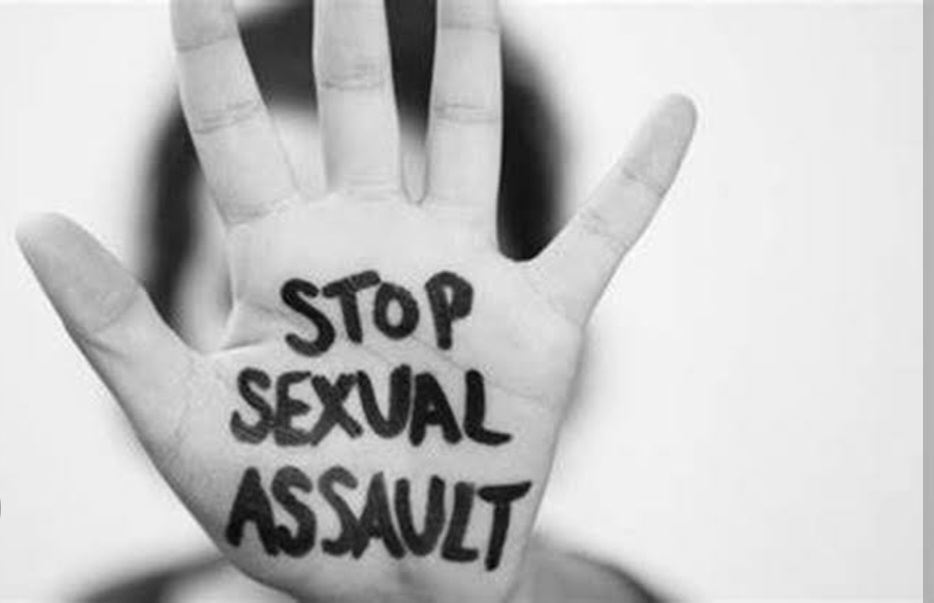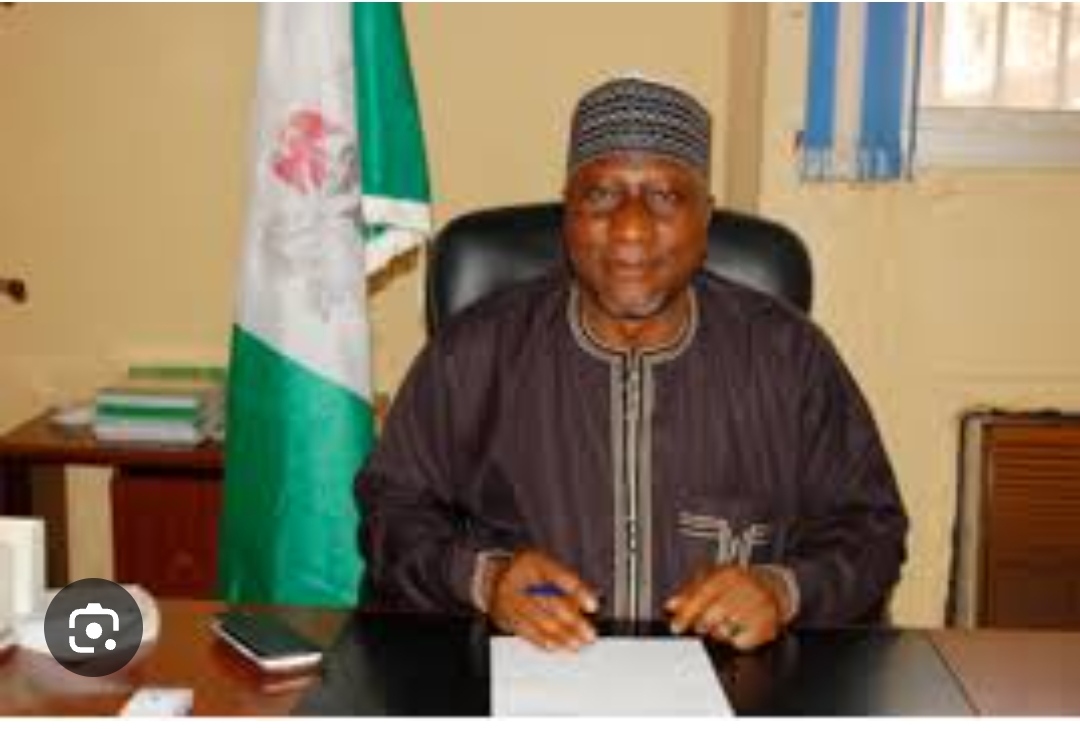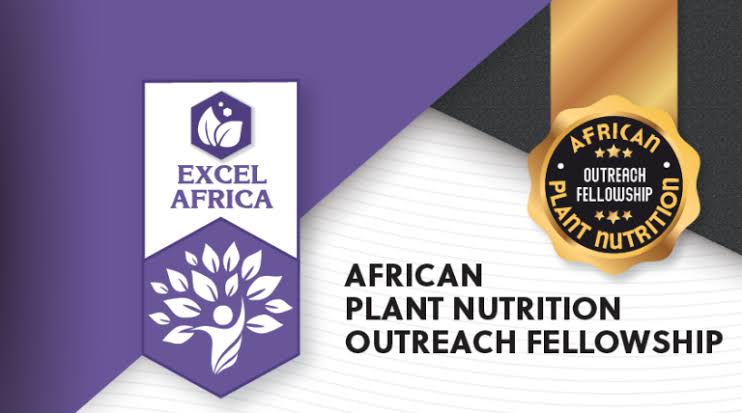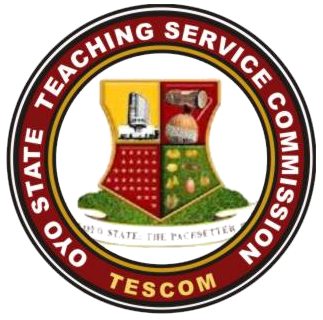“April is Sexual Assault Awareness Month (SAAM), a time to shed light on the pervasive issue of sexual violence within Indigenous communities”.
According to fast Facts, One in 4 women and about 1 in 26 men have experienced completed or attempted rape. About 1 in 9 men were made to penetrate someone during his lifetime. Additionally, 1 in 3 women and about 1 in 9 men experienced sexual harassment in a public place. Sexual violence starts early.
April is a month dedicated to sexual awareness. It is a time devoted to raising awareness about sexual violence, supporting survivors, and advocating for prevention efforts. Sexual violence is a big issue that has been around since time immemorial. It is a deeply rooted issue that affects individuals of all genders, ages, and backgrounds.
Sexual abuse or sexual violence refers to any unwanted or non-consensual sexual activity or behaviour inflicted upon an individual by another person. This can include rape, molestation, coercion, incest, harassment, sexual assault, and exploitation.
Africa has the highest prevalence rate of child sexual abuse, around 34.4 per cent. As of 2004, 60 per cent of children involved in child trafficking from Africa to Europe were Nigerians. Between 2012 and 2013, about 30 per cent of women in Nigeria experienced one form of domestic violence or another. Findings from a National Survey carried out in 2014 on Violence Against Children in Nigeria confirmed one in four females reported experiencing sexual violence in childhood with approximately 70% reporting more than one incident of sexual violence. In the same study, it was found that 24.8% of females ages 18 to 24 years experienced sexual abuse before age 18, of which 5.0% sought help, with only 3.5% receiving any services.
Contrary to the opinion that women alone go through sexual assault, it can happen to both genders. Sexual violence can occur in various settings, including homes, schools, workplaces, communities, religious settings, and so on. Perpetrators of sexual violence may be acquaintances, intimate partners, family members, or strangers.
Sexual violence usually leaves profound and long-lasting effects on survivors. The incident often takes a toll on their mental and physical well-being, relationships, and sense of self. Survivors of sexual violence may experience different physical health consequences, both acute and chronic, as a result of the trauma they have endured. These health conditions can be immediate or long-term. Immediate physical injuries for physically assaulted victims include bruises, lacerations, and sexually transmitted infections (STIs). Survivors may also face long-term health issues such as chronic pain, gynaecological problems, gastrointestinal disorders, and reproductive health complications. The physical toll of sexual violence can exacerbate the existing health conditions of victim leading to heightened stress, fatigue, and a decline in their overall well-being.
Survivors may also experience various emotional and psychological reactions, including shock, fear, shame, guilt, anger, and depression. Many survivors experience symptoms of post-traumatic stress disorder (PTSD) like flashbacks, intrusive thoughts, hypervigilance, and nightmares. Depression, anxiety, and suicidal ideation are also common among survivors of sexual violence, as they struggle to cope with feelings of shame, guilt, and self-blame. The trauma of sexual violence can also manifest in physical symptoms, such as chronic pain, sleep disturbances, and sexual dysfunction.
Many survivors struggle with feelings of self-blame and may find it difficult to trust others and form intimate relationships. Furthermore, most sexual abuse victims hate themselves for a long period, and they find it difficult to speak out or forgive themselves.
Students who have been victims of sexual violence can also find out very difficult to focus on their studies. Sexual violence can disrupt survivors’ educational goals. It can also affect their academic performance and career aspirations. Survivors may struggle to concentrate in school which can increase absenteeism and academic underachievement. For students who were abused by teachers, the fear of encountering the perpetrator or experiencing triggers in educational settings may also push such students to drop out of school.
Although sexual violence is being talked about and people are sensitized, many survivors find it difficult to report their experiences and access support services. This can be a result of the fear of stigma, victim-blaming, retaliation, and disbelief. This may prevent survivors from coming forward and seeking help. Society also stigmatizes victims of sexual abuse and the shame associated with this stigmatisation has stopped many people from reaching out to the right channel.
Education is very necessary in the bid to prevent sexual abuse and empower individuals with the knowledge and skills to recognize and report abusive behaviour. Education and advocacy efforts can take many forms, including public awareness campaigns, community events, workshops, and social media campaigns. For instance, the month of April is dedicated to raising awareness about abuse. Activities done during awareness at all levels should involve detailed sex education programs that teach consent, boundaries, and respect from an early age. The development should be the development of initiatives that aim to engage individuals, organisations, and organizations in conversations about gender equality and the importance of supporting survivors who try to speak up.
Prevention efforts should focus on challenging dangerous attitudes and beliefs that encourage rape culture. There should be a clear punishment under the law for anyone caught. Furthermore, there should be an implementation of policies that include detailed screening and background check processes for staff, volunteers, teachers, and workers in all sectors. In addition, there should be established ed clear codes of conduct and boundaries. Schools should provide comprehensive training on how students can recognise and respond to signs of abuse.
Governments, NGOs, and communities should prioritise creating support services that are trauma-inclined for survivors. Support services should be accessible, non-judgmental, and culturally sensitive. This should include access to counselling, medical care, legal advocacy, and support groups for survivors.
P.S “John Q. Public” is a term used to refer to an average, ordinary person, often in discussions about politics, law, or government policies. It’s a placeholder name, much like “Joe Bloggs” or “Jane Doe,” used to represent the typical member of the general public.












